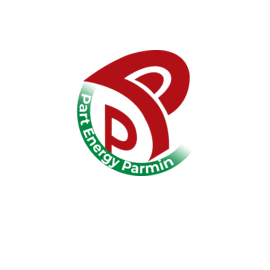Delament-220
Delament-220 non-lignin cement retarder is capable of retarding cement at temperatures between 80 – 220°F (20 – 105°C). This material has been environmentally approved, and is compatible in a wide range of additive
combinations in API cements.Delament-220 retarder is an alternative to commonly used lignin retarders. Because of its good strength development, Ensure retarder may have application in a variety of situations
such as water-extended slurries, long cement columns, or cooler temperatures.
This product also has shown a predictable response to changes in concentration, and repeatable results, which may aid in slurry design, Lab time, and help smooth operations. Delament-220 retarder has been proven effective in several API Class cements including Class G, Class H, Class A, and Class C.



Reviews
There are no reviews yet.